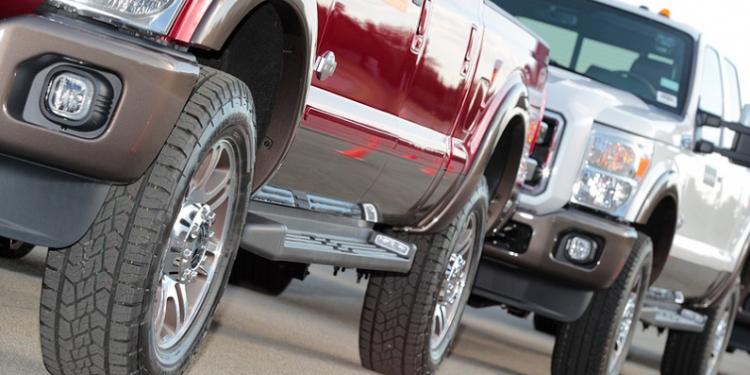
Just like a new pair of shoes, your tires need to be broken in. Your tires are comprised of many layers of rubber, steel and fabric. Because of these different components, new tires require a break-in period to ensure maximum performance and ride quality.
New tires should be driven a few hundred miles on dry roads to rid the tread of parting agents and antioxidants applied during production. When tires are cured, a release lubricant is applied to prevent the tires from sticking to the mold. By driving on the tires for a few hundred miles, these lubricants will wear off and allow the tire components to begin working together. Not until the tread is slightly roughened will you be able to feel a tires true gripping power.
It’s also important to note that tires with low tread depth respond more quickly. “I just got new tires, why should I worry about low tread depth,” you might ask? Well, your old tires probably had low tread depth and thus, responded more quickly. Therefore, don’t be surprised if your new tires are a little slower to respond at first. This doesn’t mean you should keep your old tires on because remember, it’s always important to have more than 2/32” of tread depth for safety.
Knowing what you know now, exercise care with new tires. Use caution when exploring the capabilities of your new tires for the first few hundred miles. We recommend you drive “normally” without hard braking or acceleration as it can cause the tire to slip on the wheel and cause the assembly to become unbalanced. And keep in mind that new winter tires will need a bit of time to reach their full winter capabilities.
